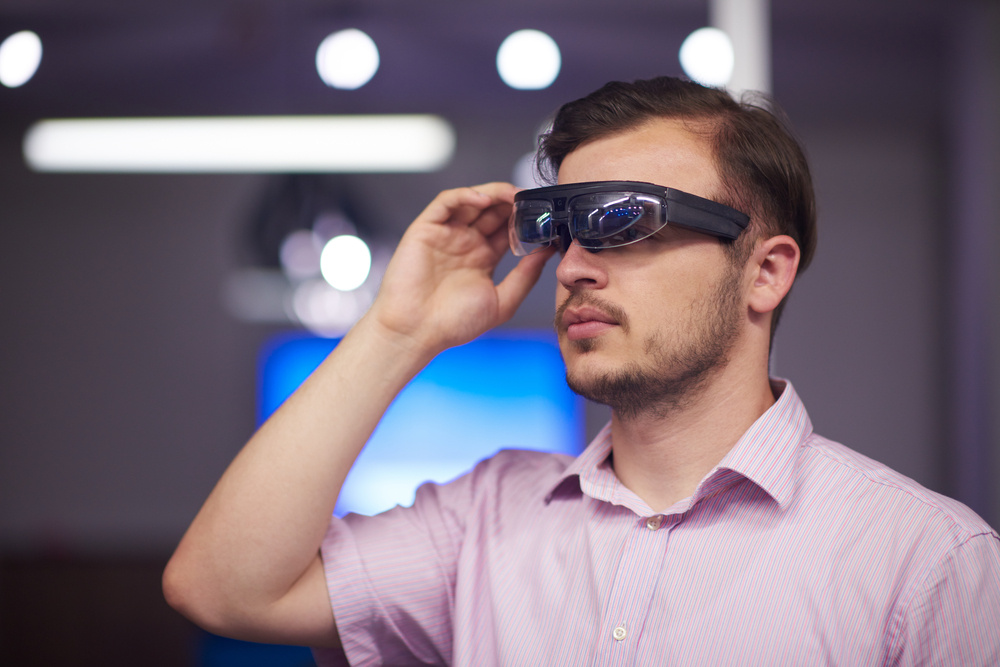Maximizing ROI: The Impact of Virtual Reality Training
Explore the revolutionary impact of Virtual Reality (VR) training on educational technology and ROI.
Enhancing Student Engagement and Retention with VR
Virtual Reality (VR) training has the potential to significantly enhance student engagement and retention in educational settings. By immersing students in a virtual environment, VR technology creates an interactive and immersive learning experience that captures their attention and keeps them engaged. This increased engagement can lead to improved knowledge retention as students are more likely to remember information that they have experienced firsthand in a virtual setting.
Furthermore, VR can provide students with a sense of presence and emotional connection to the learning material, which can further enhance their engagement. For example, in a VR history lesson, students can virtually visit historical sites and experience the events firsthand, making the learning experience more vivid and memorable.
Overall, VR has the potential to revolutionize student engagement and retention by providing a unique and immersive learning experience that captures students' attention and fosters deeper understanding and retention of the material.
Improving Skill Acquisition and Knowledge Retention
Virtual Reality (VR) training can also significantly improve skill acquisition and knowledge retention in educational settings. By simulating real-world scenarios, VR allows students to practice and apply their skills in a safe and controlled environment.
For example, in medical training, VR can provide aspiring doctors with realistic surgical simulations, allowing them to practice complex procedures without the risk of harming real patients. This hands-on experience can enhance their skill acquisition and improve their confidence when performing procedures in real-life situations.
Additionally, VR can improve knowledge retention by providing students with interactive and memorable learning experiences. For instance, in a VR science lesson, students can explore complex concepts through interactive simulations and visualizations, making the learning process more engaging and effective.
In summary, VR has the potential to revolutionize skill acquisition and knowledge retention by providing students with realistic and interactive learning experiences that facilitate hands-on practice and enhance their understanding and retention of the material.
Reducing Costs and Increasing Efficiency
Virtual Reality (VR) training has the potential to reduce costs and increase efficiency in educational settings. By utilizing VR technology, educational institutions can significantly reduce the need for physical resources and equipment.
For example, instead of setting up a physical chemistry laboratory with expensive equipment and chemicals, students can perform virtual experiments in a VR environment. This not only reduces the costs associated with maintaining a physical laboratory but also eliminates the risks and hazards associated with handling chemicals and equipment.
Furthermore, VR can enable remote learning and collaboration, allowing students to participate in virtual classrooms and engage with their peers and instructors from anywhere in the world. This eliminates the need for travel and reduces the costs associated with traditional classroom-based education.
In summary, VR has the potential to revolutionize education by reducing costs and increasing efficiency through the utilization of virtual resources and enabling remote learning and collaboration.
Measuring ROI in VR Training Programs
Measuring the return on investment (ROI) in Virtual Reality (VR) training programs is crucial to assess the effectiveness and efficiency of implementing VR technology in educational settings.
One way to measure ROI is by evaluating the impact of VR training on student performance and outcomes. This can be done by comparing the academic achievements and progress of students who have undergone VR training with those who have not. Additionally, feedback surveys and assessments can be used to gather insights into students' perception of the effectiveness of VR training.
Another aspect to consider when measuring ROI is the cost savings achieved through the implementation of VR technology. This includes the reduction in physical resources, equipment, and maintenance costs, as well as the potential for increased efficiency in teaching and learning processes.
Overall, measuring ROI in VR training programs involves assessing the impact on student outcomes and performance, as well as evaluating the cost savings and efficiency gains achieved through the utilization of VR technology.
Future Trends and Opportunities in VR Education
The future of VR in education holds immense potential for further advancements and opportunities. As technology continues to evolve, VR is expected to become more affordable, accessible, and immersive, allowing for widespread adoption in educational settings.
One future trend in VR education is the development of personalized and adaptive learning experiences. With VR, students can receive tailored instruction based on their individual needs and learning styles, leading to more effective and personalized education.
Another opportunity lies in the integration of VR with other emerging technologies, such as artificial intelligence (AI) and augmented reality (AR). This combination can create even more immersive and interactive learning experiences, further enhancing student engagement and knowledge retention.
Furthermore, VR has the potential to facilitate global collaboration and cultural exchange in education. Students from different parts of the world can connect and interact in a virtual environment, fostering cross-cultural understanding and enhancing their global competencies.
In conclusion, the future of VR in education is promising, with opportunities for personalized learning, integration with other technologies, and global collaboration, which can revolutionize the way students learn and engage with educational content.
Share this
You May Also Like
These Related Stories

Revolutionizing Corporate Training with Virtual Reality

Exploring the Diverse Virtual Reality Applications in Training

No Comments Yet
Let us know what you think